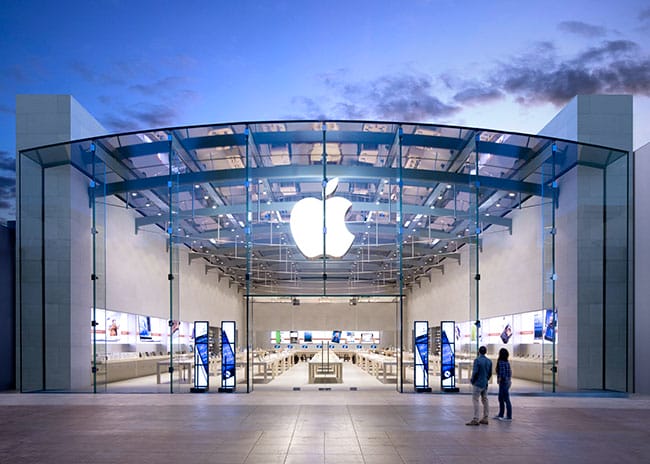Brands are increasingly built by what others say about them and the takeaway experience of the brand. To turn customers into advocates, marketers need to produce experiences that create an emotional resonance with customers, ultimately creating brand loyalty. Companies like Uber, Airbnb, Nike Plus and Virgin Airlines have all embraced the notion of “experience innovation” by redesigning the customer experience.
Here are a few guiding principles that these brands have adopted to find success:
1. It’s about creating delight in the experience, not just better products.
It’s important for marketers to address the holistic end-to-end customer experience and think about brand engagement and customer delight. Experience innovation is as much about how to delight as how to deliver. You remember the first time you got picked up by Virgin Airlines. You remember the first time you walked into an Apple store. These experiences are emotional markers for these brands.

It’s less an entrance than the start of an experience. Photo credit: Apple.
2. It’s about looking at the whole customer “ecosystem,” not just where you play.

Flat breads and wine to come to a Starbucks Evenings near you. Photo credit: Starbucks.
Finding innovation opportunities often requires looking beyond your narrow product category. Thinking about the larger ecosystem—the opportunities to meet customer needs in the spaces surrounding your core product or service offering—allows you to expand your base and opportunities for growth. For example, Starbucks has developed a larger ecosystem that extends beyond morning coffee into daylong “moments of connection” across multiple food and beverage categories. New formats include a wine bar concept, with mobile payment and reward apps to enhance loyalty.
3. It’s about being customer-focused, but not customer-led.
Experience innovators recognize that consumers can’t tell you about the things they really need but haven’t yet imagined. Nor can consumers articulate how they will do things differently in the future. An example of this is when Delta Airlines brought the lounge directly to the gate, creating a new experience among travelers who had never thought of the gate as a café and social destination.
4. It’s about branding the total experience, not just delivering a breakthrough idea.
Great experience innovation isn’t coming up with a single idea but delivering a connected journey by one brand. Disney delivers magic with bracelets that optimize your waiting time in the park, new cruise and vacation experiences, and carefully curated apps that bring the experience to life for children.
Watch the Disney Parks-produced video above to get a sense for the magic the company hopes its MyMagic+ bracelets create.
Experience innovation should be viewed as a new approach to business, with the aim of finding new avenues for differentiation and growth. Marketers that adopt these principles by taking a broader view of their role and how they build branding will be able to own all the customer touchpoints, not just those typically handled by marketing. By creating innovative and memorable experiences for customers, marketers will be building customers for life.

























